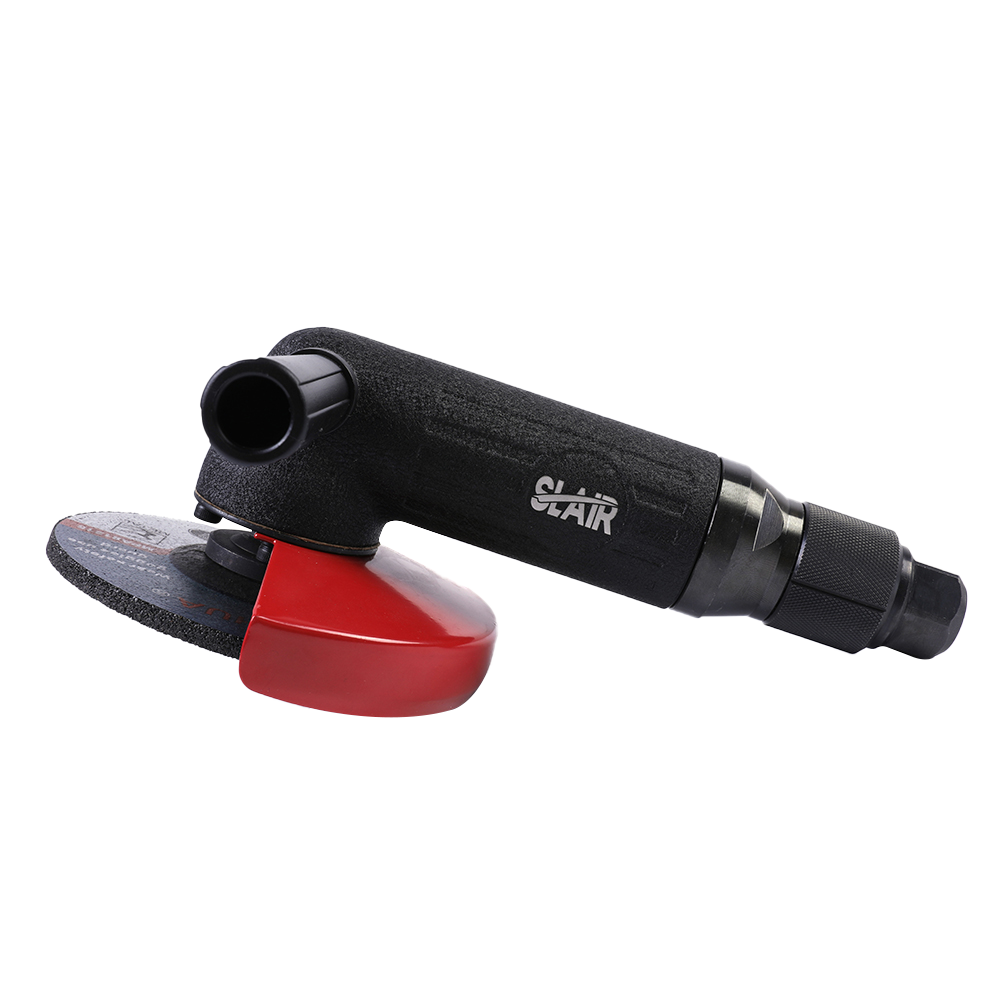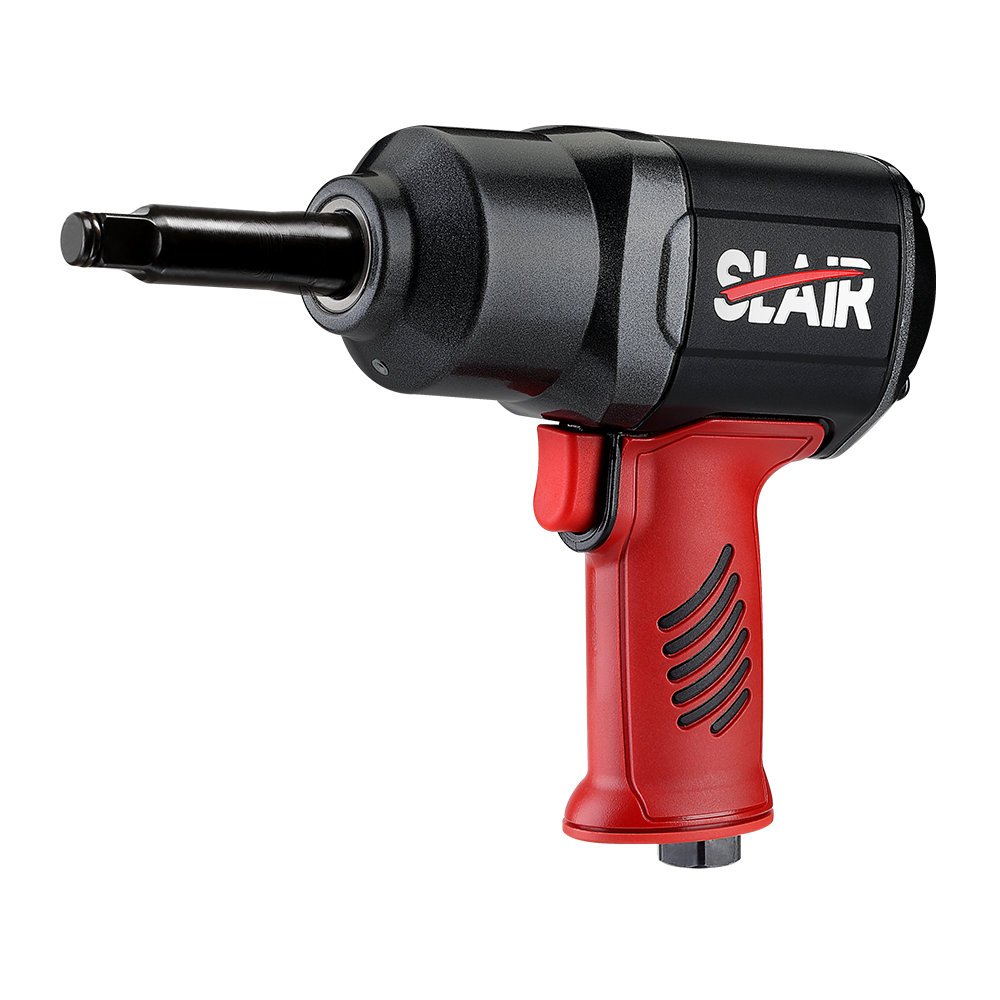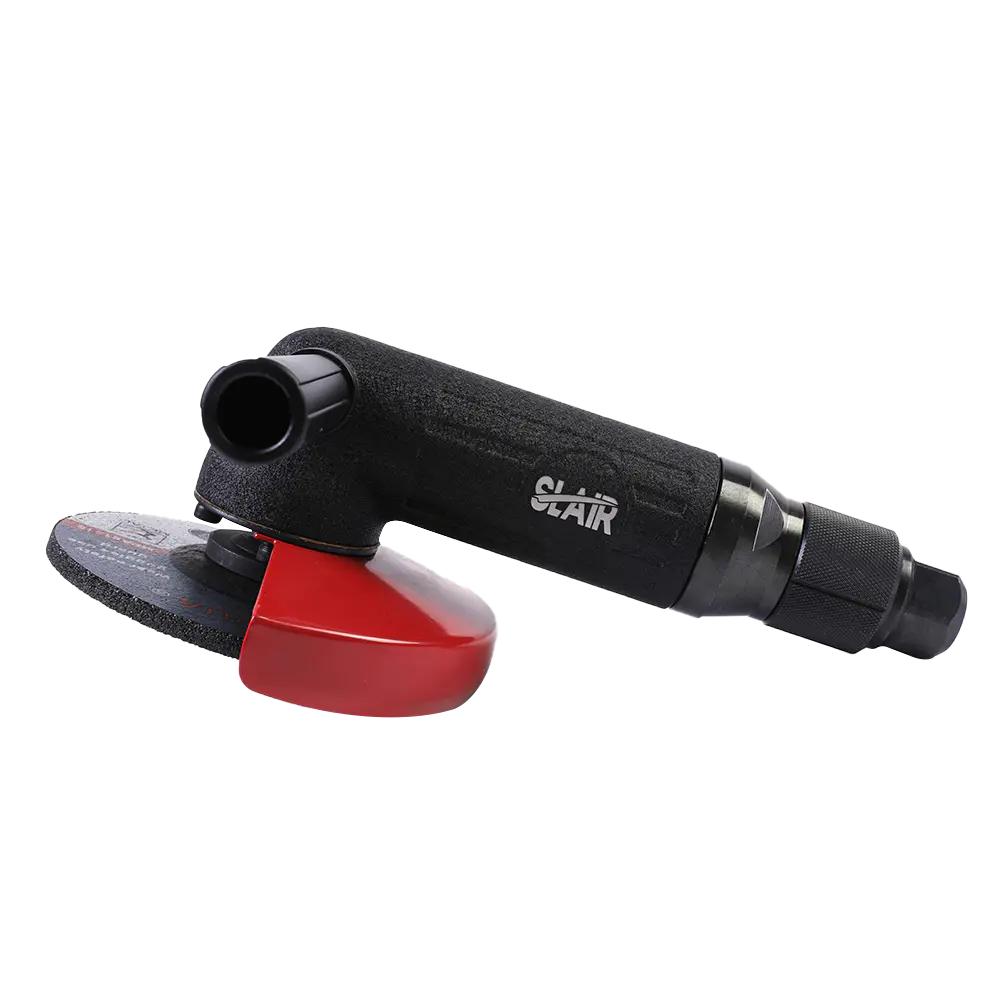The air pressure rating significantly affects the performance of an air angle grinder in several ways:
Power Output: The air pressure rating is a fundamental determinant of an air angle grinder’s power output. Pneumatic tools like air angle grinders rely on compressed air to generate the force needed to drive their motors. Higher air pressure means more force is exerted on the internal components of the grinder, resulting in greater power output. This power is essential for tasks that require significant force, such as cutting through thick steel or grinding down heavy welds. Insufficient air pressure can lead to a lack of power, rendering the grinder ineffective for these demanding applications and potentially causing the tool to struggle or stall under heavy load.
Consistency: Consistency in air pressure is vital for maintaining steady performance from an air angle grinder. Fluctuating air pressure can cause variations in the tool’s operation, leading to inconsistent results. For example, if the air pressure suddenly drops, the grinder’s speed and power may decrease, causing uneven cuts or grinding marks. Conversely, a sudden increase in air pressure can make the tool harder to control. To achieve professional-quality results, it is essential to maintain a constant air pressure, ensuring the grinder operates smoothly and predictably throughout the task.
Torque: The rotational force generated by the grinder, is crucial for its performance, especially under load. Adequate air pressure ensures that the grinder produces enough torque to handle challenging tasks, such as grinding through thick materials or heavy rust. High torque allows the tool to maintain its speed even when significant resistance is encountered, preventing the tool from stalling. Low air pressure results in insufficient torque, making it difficult to perform demanding tasks and increasing the likelihood of the tool stalling, which can interrupt work and reduce productivity.
Efficiency: Operating an air angle grinder at the correct air pressure significantly enhances its efficiency. Efficiency in this context means the tool can complete tasks quickly and with minimal effort. When the air pressure is optimal, the grinder can cut, grind, or polish materials more rapidly, reducing the time needed for each task. This increased efficiency not only improves productivity but also conserves energy and reduces wear on the tool. Efficient operation is especially important in professional environments where time and labor costs are critical factors. By ensuring the grinder operates efficiently, users can maximize their return on investment in the tool.
Durability: The durability and longevity of an air angle grinder are directly influenced by the air pressure it operates at. Excessive air pressure can cause overloading of the tool’s motor and other internal components, leading to premature wear and potential failure. The increased stress from over-pressurizing can result in overheating, damaging seals, and reducing the overall lifespan of the grinder. On the other hand, operating the grinder at too low air pressure can lead to inefficient performance, requiring longer usage times and thus increasing wear and tear. Adhering to the manufacturer’s recommended air pressure helps ensure that the grinder operates within safe parameters, preserving its durability and reducing the frequency of maintenance and repairs.
SLAIR 4" 5" AIR ANGLE GRINDER, KNOB, PROFESSIONAL






 English
English 中文简体
中文简体 русский
русский Deutsch
Deutsch Português
Português Español
Español
















